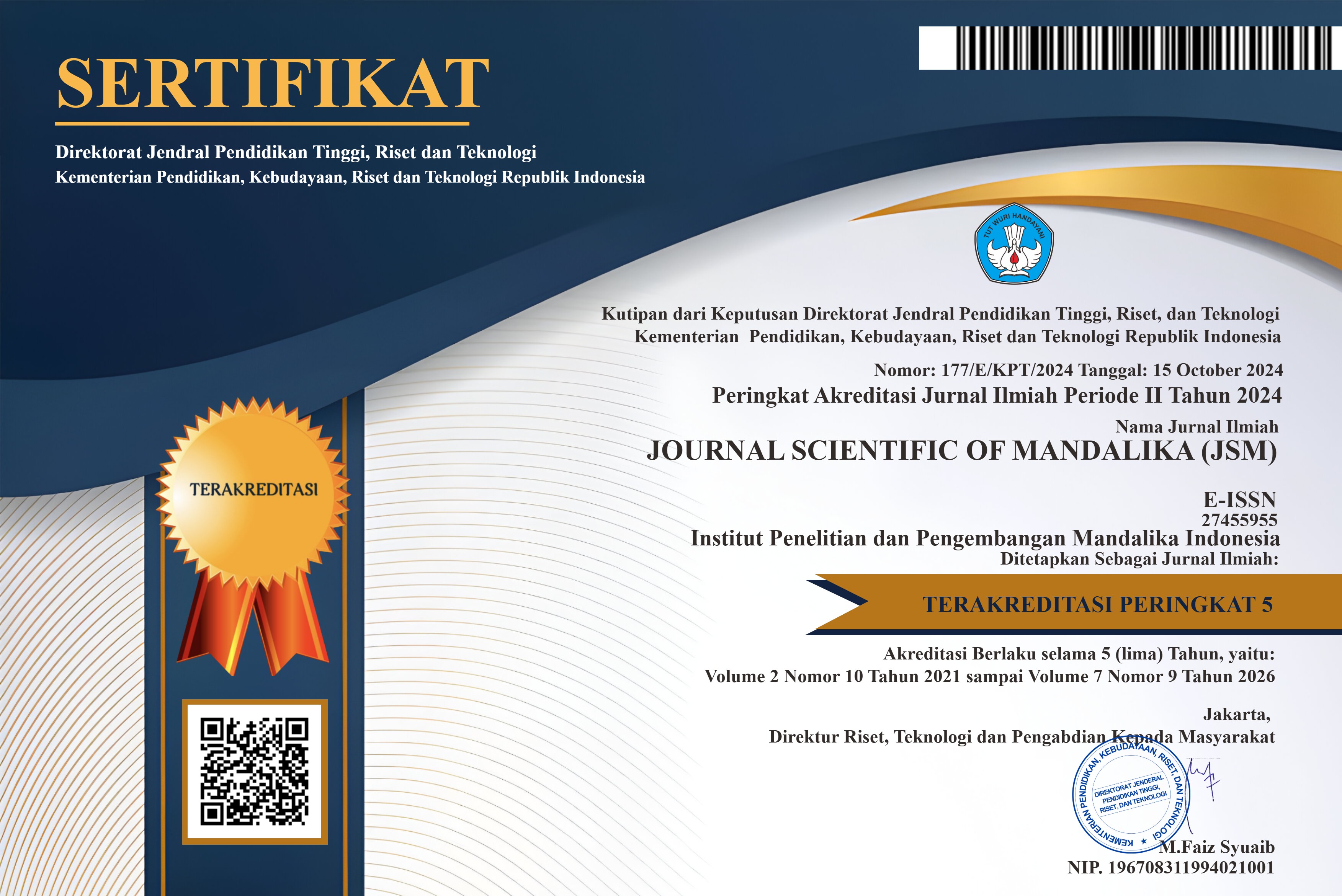Analisis Telur Cacing Hookworm dengan Metode Konsentrasi pada Tinja Pekerja Kebun Sawit di Desa Cinta Damai Kabupaten Labusel
Abstract
Hookworms, consisting of Ancylostoma duodenale and Necator americanus, are intestinal nematodes that can cause Necatoriasis and Ancylostomiasis. Worm eggs found in the soil hatch into Rhabditiform larvae, which then develop into Filariform infective larvae. These larvae can penetrate the skin, especially through the heels of the feet, when a person works barefoot. Once inside the body, the larvae follow the bloodstream to the heart and lungs, then are swallowed and enter the small intestine, where they develop into adult worms and produce eggs that are expelled with the feces during defecation. Infection with these worms can cause anemia as the worms suck blood from their host. This study was conducted among 40 oil palm plantation workers in Cinta Damai Village, Labusel. The main risk factors were low awareness of personal and environmental hygiene, the habit of defecating in any place, rarely using footwear while working, and the use of feces as fertilizer. Fecal examination was conducted using the concentration method with Kato solution. The results showed that 1 person (2.5%) was infected with Hookworm eggs, 4 people (10%) were infected with Ascaris lumbricoides eggs, and 3 people (7.5%) were infected with Trichuris trichiura eggs. In addition, 3 people (7.5%) were found to have multiple infections. These results show that helminth infection is still a health problem among oil palm plantation workers, so better education and prevention efforts are needed.
Copyright (c) 2025 Winda Irawati Zebua, Maniur A Siahaan, Apriska Dewi Sipayung, Apriska Dewi Sipayung

This work is licensed under a Creative Commons Attribution-ShareAlike 4.0 International License.













